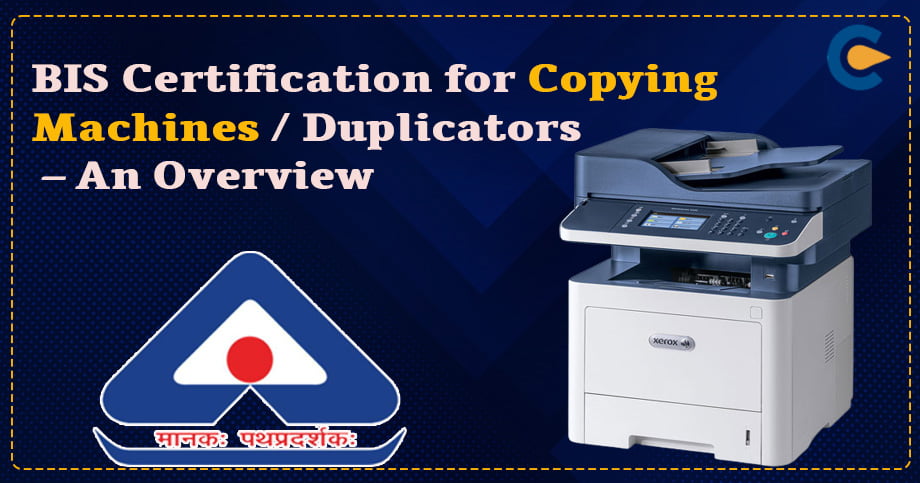A Unitary Air conditioners refer to a self-contained cooling or heating system designed to provide comfort to a confined area. It is widely installed on a wall or in a window of residential or commercial buildings, including hotels, apartments, and small offices.
The popularity of Unitary Air Conditioners comes from their ease of installation, cost-effectiveness, and energy efficiency, making them an ideal choice for small spaces. Moreover, they don’t seek additional ductwork or equipment and can be seamlessly controlled via a remote or wall-mounted thermostat. These units can render year-round comfort as they can condition the air both ways. Additionally, some models come with air purification and dehumidification features that boost indoor air quality and decrease humidity levels.
To obtain BIS certification for Unitary Air Conditioners, manufacturers must comply with general, construction, & performance norms cited in the IS 1391 (Part 1): 2017 standard. They must also pass mandatory tests relating to pressure, high voltage, and cooling capacity. Once certified, the product can bear Standard Mark (ISI Mark) to showcase compliance with the BIS regulations. Let’s see how you can apply for the BIS certification for unitary Air Conditioners.
What is an IS 1391 (Part 1): 2017?
IS 1391 (Part 1): 2017 is an Indian standard that lays down norms concerning unitary air conditioners. This standard outlines the design and performance norms for unitary air conditioners, as well as the procedures and conditions for testing their various performance attributes when operating at standard rating settings, without frosting. It also covers unitary ACs that can function as heaters either via a heat pump or an electric heater.
The standard classifies unitary ACs based on their functionality and nominal cooling capacity. The nominal cooling capacity of these ACs should fall into one of the given categories:
1500 kcal/h, 2250 kcal/h, 3000 kcal/h, 3750 kcal/h, 4500 kcal/h, 6000 kcal/h, 7500, or 9000 kcal/h.
The air conditioners can be classified depending on their function, which can be cooling and dehumidification, cooling and heating via a heat pump, or cooling & heating through an electric heater.
The manufacturer is liable for keeping their product in line with standard’s general, construction, and performance norms. The air conditioner & its components must adhere to robust construction and apt durability to withstand adverse handling and operating conditions.
Their overall body should have an apt finish with no presence of sharp edges that could lead to serious injury during handling.
The moving parts must be properly fenced without obstructing the accessibility, which is important for repair and service. The same guideline applies to the serviceable parts.
Coming to the ACs’ body parts, they must adhere to the norms cited in the standard unless specified otherwise. The materials of these parts should not have any defects that can lead to severe malfunction or outage.
Tests under BIS certification for unitary air conditioners
The following test must be performed to determine whether or not unitary air conditioners are worthy of being a BIS-certified product.
- Leakage Current Test
- Freeze Up Test
- Power Factor Test
- High Voltage Test
- Cooling Capacity Test
- Earth Resistance Test
- Maximum Heating Performance Test
- Pressure Test
- Power Consumption Test
- Sound Test
Labelling norms concerning BIS certification for unitary air conditioners
The labelling and marking of the product must be in accordance with IS 1391 (Part 1): 2017. If the product meets the norms of IS 1391(Part 1):2017, it may be certified under the terms of the BIS Act, 2016[1], and the Regulations cited thereunder. The product may also be marked with the ISI Marking.
To use an ISI marking, the manufacturer must secure a BIS registration from the Bureau of Indian Standards. This license shall not be granted unless the authority officials successfully perform the assessment of the manufacturing process, quality control, and testing capabilities of the production premise.
Key documents to apply for BIS Certification
To apply for BIS registration, the following paperwork is typically required:
1. Application form: The applicant must fill out the e-application with all the required details about the product, such as its specifications, intended use, & manufacturing process.
2. Test report: The applicant must provide a test report generated by the BIS-accredited lab.
3. Factory inspection report: BIS may perform a factory assessment to check the manufacturer’s capability to manufacture the product in question as per the relevant Indian standard. The applicant must provide this report if such vetting has been performed.
4. Registration certificate: The applicant must provide a copy of the registration certificate, if applicable, for the product.
5. Manufacturer’s authorization letter: If the applicant is not the real manufacturer of the product, they must furnish an authorization letter issued by the manufacturer.
6. Product sample: The applicant must provide product sample(s) for testing purposes.
7. Other relevant paperwork: Depending on the product, additional paperwork such as safety reports, design dossiers, and technical spec sheets may be required.
How to apply for BIS certification for unitary air conditioners?
The BIS certification process entails many critical steps in application filing, product testing, premise assessment, and so on. To apply for BIS certification for unitary air conditioners, the manufacturer or importer should furnish an e-form to BIS along with mandatory paperwork.
The application must include details concerning the product, its specifications, intended use, and manufacturing process.
After applying for BIS registration, the authority will conduct the premise vetting to check the manufacturer’s capability concerning product manufacturing in line with underlying norms.
The next step is product testing, which will be conducted at BIS-accredited laboratories. The testing shall be initiated as soon as the product samples reached the lab. This step is followed by the lab report generation,
If the product meets the norms stated in the lab report, BIS will issue a certificate of conformity and allow the applicant to use the mark on their product. The certification will stay valid for two to five years, depending on the product category.
Conclusion
In summary, BIS certification is an absolute necessity for the products falling under the Compulsory Registration Scheme of BIS. The production of the listed products is not possible without the BIS registration as doing so attracts severe penalties. That’s all about the BIS certification for unitary air conditioners. Let us know if you have some doubts regarding the product’s guidelines or norms. We will be glad to assist you.
Read our Article:BIS ISI Certification For Ducted And Package Air Conditioners – A Complete Analysis













